12 Fascinating Viking Symbols/Norse Symbols and Their Meanings

Viewing Gallery For Traditional Norse Symbols Norse symbols
Norse Mythology Symbols One of the richest mythologies in the history of the world, Norse mythology is surely full of many interesting legends and stories involving gods, mythical creatures and magic. With all those gods and beasts having their own signs and being depicted with images, the world of Norse myths is quite rich visually, too..
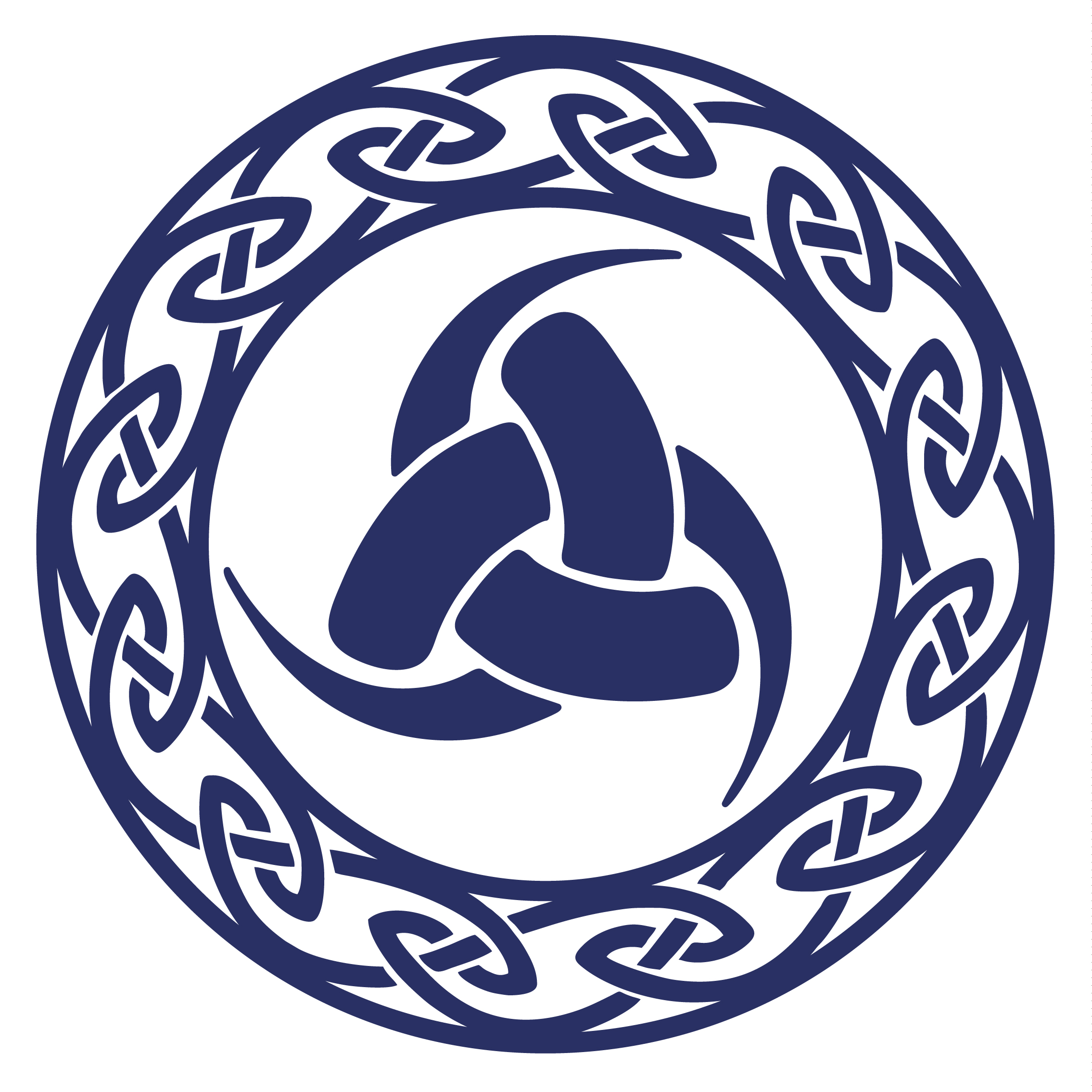
12 Fascinating Viking Symbols/Norse Symbols and Their Meanings
The False Viking Symbols: Nordic Symbols Commonly (But Likely Mistakenly) Linked to Norse Mythology More Ahistorical Symbols: Rudolphs Koch's Symbols in The Book of Signs Let's start by looking at the Runes, the letters of the Old Norse language the Vikings spoke, after which we will look at some of the symbols from the Viking Age specifically.

Norse Mythology Symbols and Meanings
As one of the lesser-known Nordic symbols, the Web of Wyrd is a symbol in Norse mythology that represents the interconnectedness of past, present and future. According to the myth, the Web of Wyrd was woven by the Norns/Nornir, the Shapers of Destiny in Norse mythology.
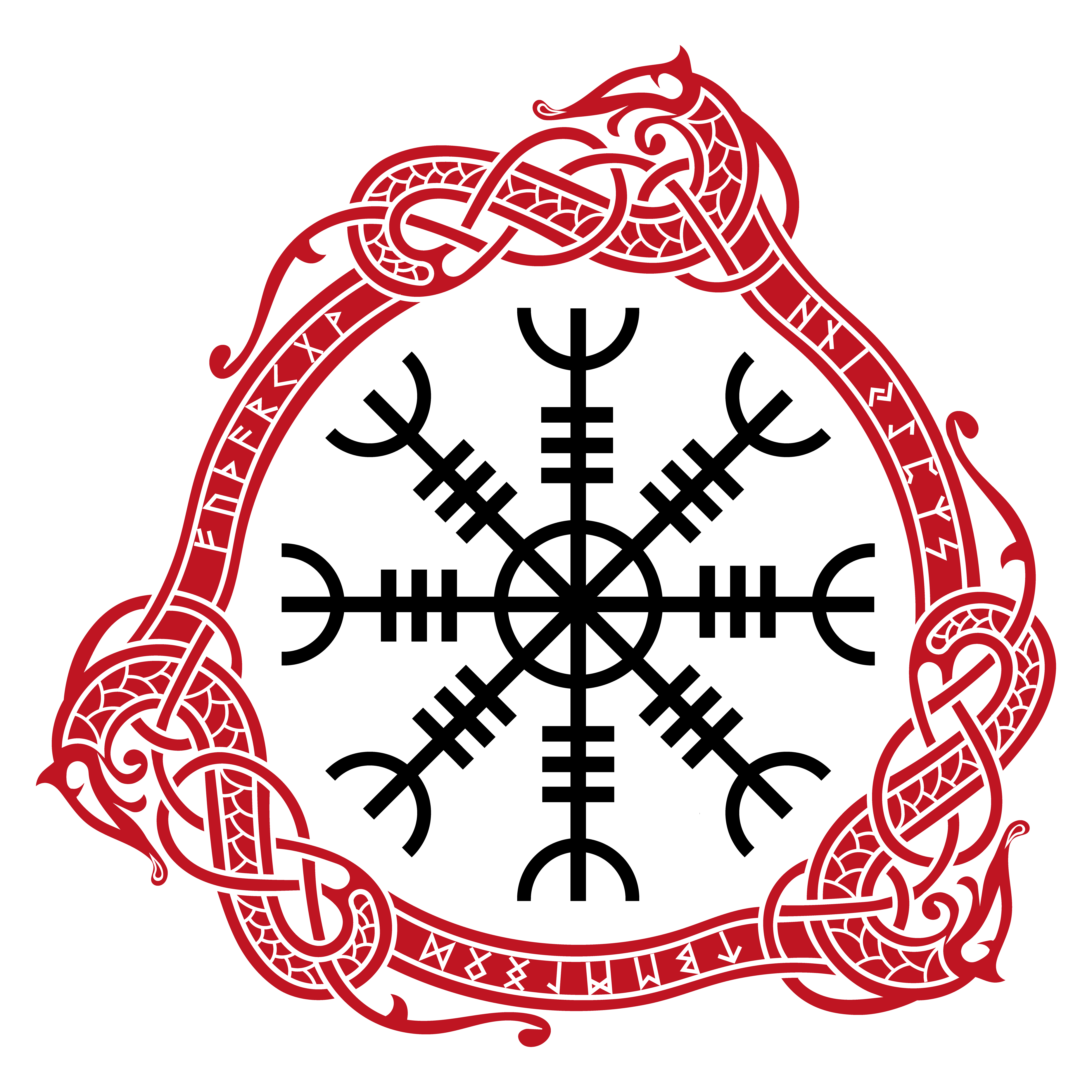
12 Fascinating Viking Symbols/Norse Symbols and Their Meanings
A drawing of a Viking Age hammer pendant discovered in Öland, Sweden. Of all of the symbols in Norse mythology, Thor's Hammer ( Old Norse Mjöllnir, pronounced roughly "MIOL-neer") is one of the most historically important, and is probably the best known today. Thor was the indefatigable god who guarded Asgard, the celestial stronghold.

Famous Norse And Viking Symbols And Their Meanings (In Mythology
The Helm of Awe (Old Norse Ægishjálmr, pronounced "EYE-gis-hiowlm-er") is one of the most mysterious and powerful symbols in Norse mythology.Just looking at its form, without any prior knowledge of what that form symbolizes, is enough to inspire awe and fear: eight arms that look like spiked tridents radiate out from a central point, as if defending that central point by going on the.
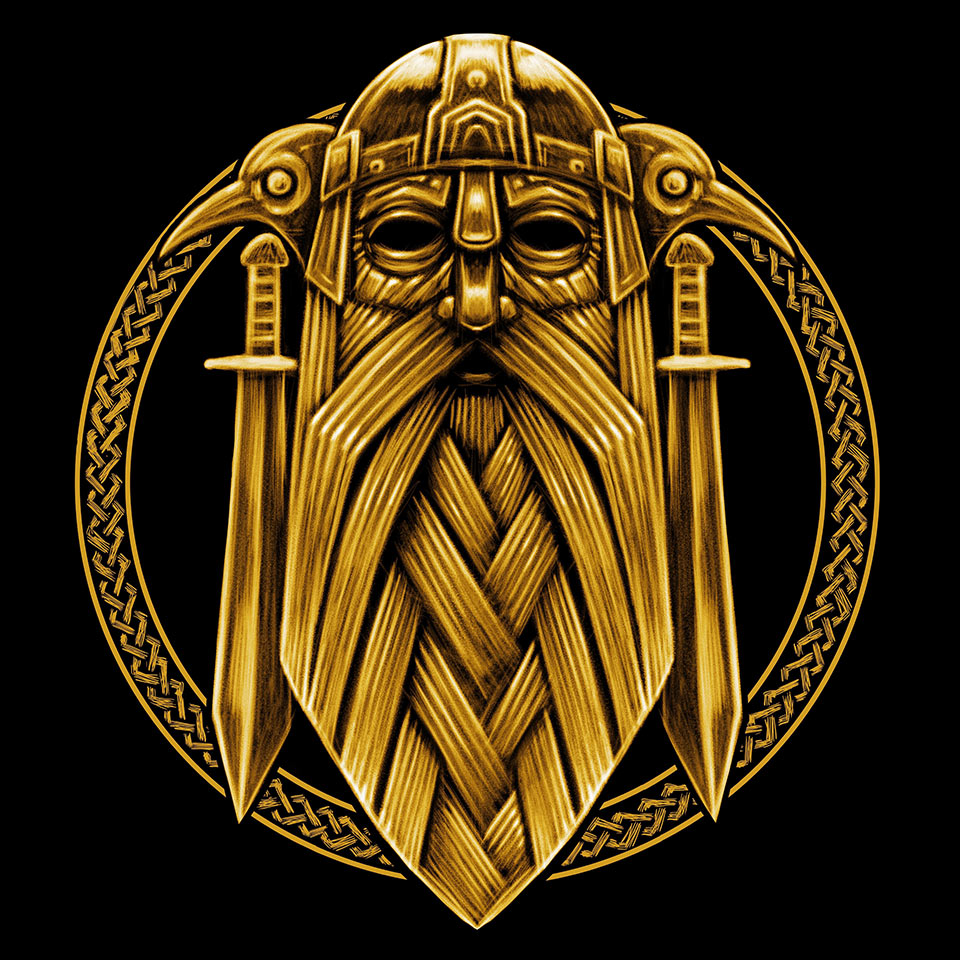
Norse Mythology Diploma Course Study Norse Myths Online
1. Thor's Hammer - Mjölnir. viking symbols. Mjölnir means lightning, and Thor's hammer indicates the god's power over thunder and lightning. Thor, ancient god of war is one of the most prominent figures in Norse mythology. Thor who was the storm-weather god of sky and thunder and also a fertility god, was the son of Odin and Fyorgyn.
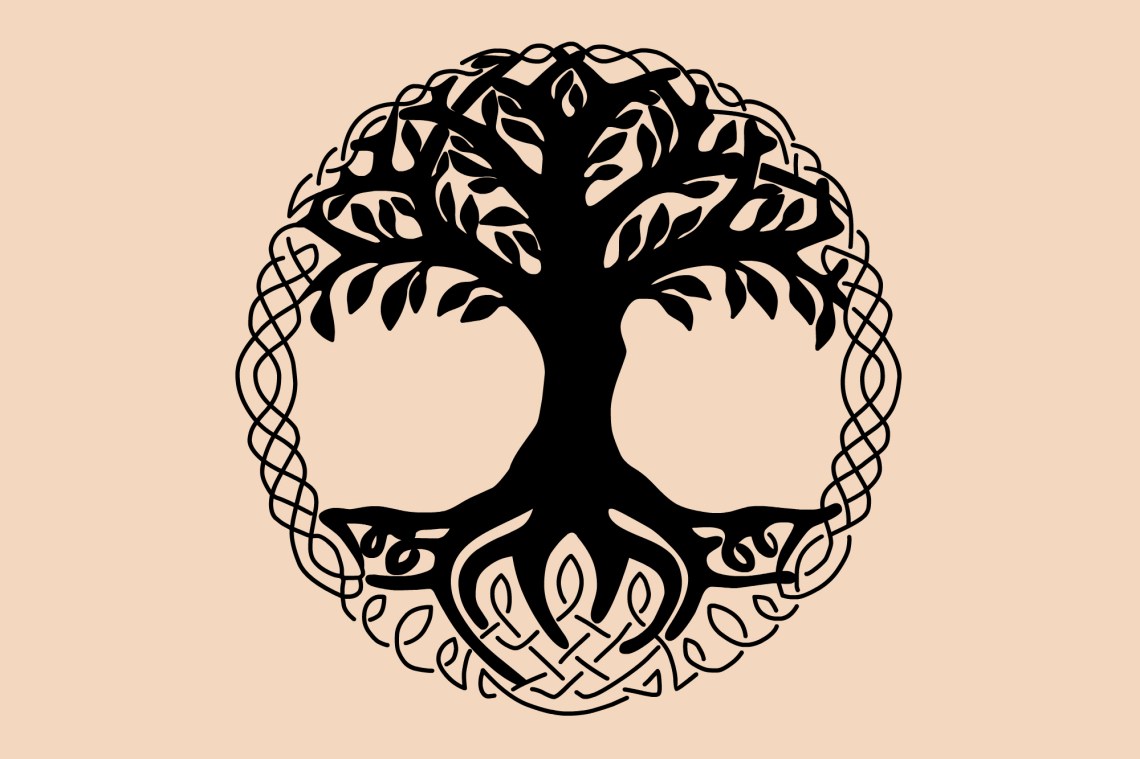
Ancient Viking Symbols That Appear In Norse Mythology Thought Catalog
A famed symbol, Mjolnir is the name of Thor's hammer. It is a magical weapon that acts as a boomerang - it always returns to his hand. The symbol also represents fertility, good fortune, and abundance. Mjolnir has also been depicted as a symbol of fertility, and often found in weddings and homes. In Norse mythology, Mjolnir is how Thor.

Ancient Viking Symbols That Appear In The Most Intense Tales Of Norse
The Valknut is probably THE most powerful symbol in Norse Mythology and can be found in several locations or on Viking rings & bracelets even until this day. 2. The Horn of Odin, a sacred symbol! If we look at the culture of the Vikings, we notice the predominant place of Odin, Father of all the Gods.
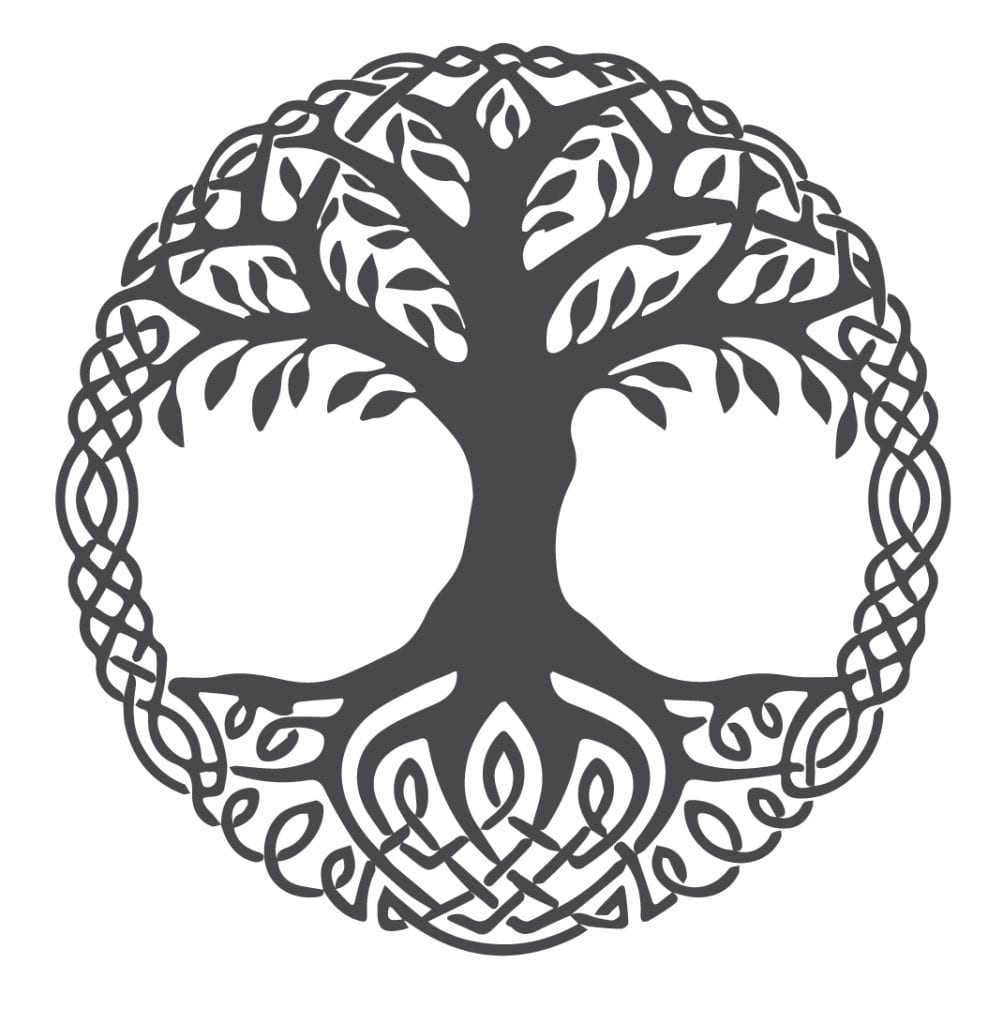
12 Fascinating Viking Symbols/Norse Symbols and Their Meanings
The symbols used in Norse mythology had to do not only with supernatural entities but also with the challenges of everyday life and the mystery of what awaited after death. Some of these symbols can definitely be dated to the Viking Age (c. 790 - c. 1100 CE) but were no doubt in use much earlier.

Norse Mythology Symbols and Meanings
Viking Axe. Triquetra, The Celtic Knot. Sleipnir, 8-Legged Horse of Odin. 1. Valknut, The Viking symbol of Odin. We start our overview of Viking symbols with the Valknut! Representing 3 intertwined triangles, associated with the God Odin, Valknut is a symbol of fallen knots, or even of warriors killed in combat.
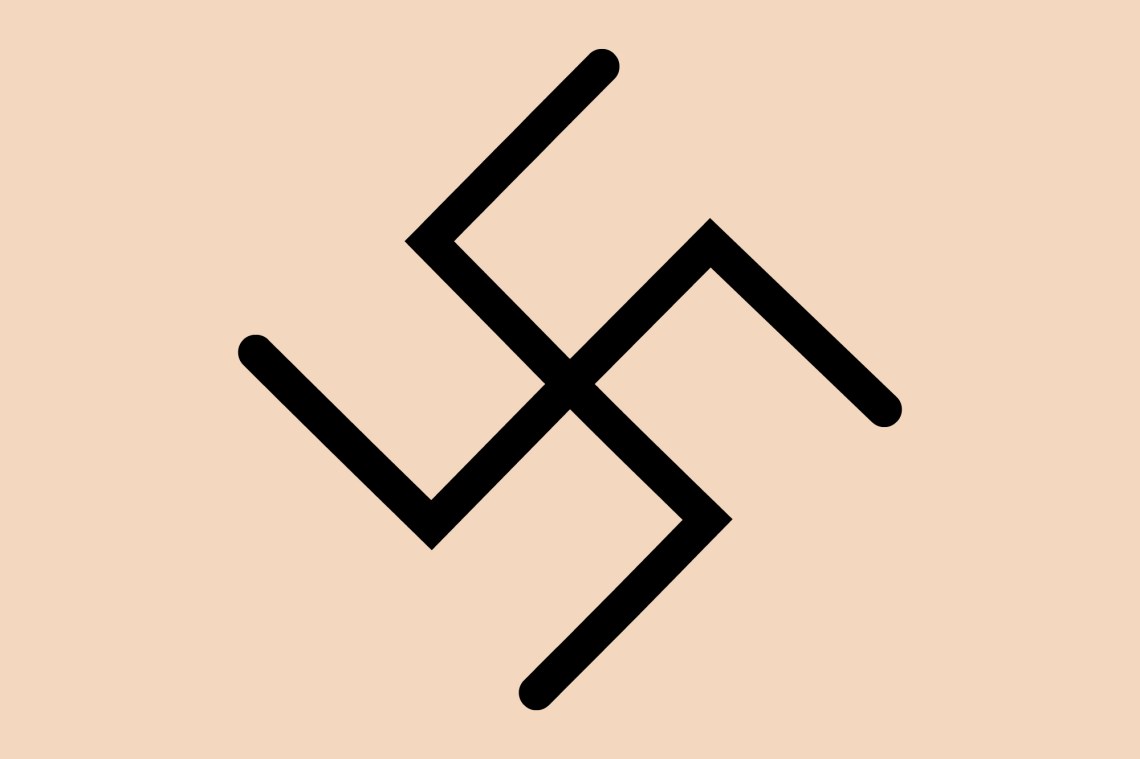
Ancient Viking Symbols That Appear In Norse Mythology Thought Catalog
Viking Symbols and their Meanings. If you are interested in knowing the Viking Symbology, here are the 10 most important symbols of the Norse religion: 1. Valknut. Undoubtedly, the Valknut is one of the most prominent and popular Viking symbols. The word 'valknut' is derived from two different words: 'valr' meaning slain warrior and.

Norse Mythology Symbols and Meanings Rune tattoo, Viking symbols and
Yggdrasil - Symbol of the Life Cycle. Yggdrasil - Symbol of the Life Cycle. Yggdrasil is a vast mythical tree that grows in the middle of the cosmos and connects all nine realms of the Norse universe together. The tree grows from the Well of Urd and symbolizes the creation of life out of the water, which is why it is called the Tree of Life.
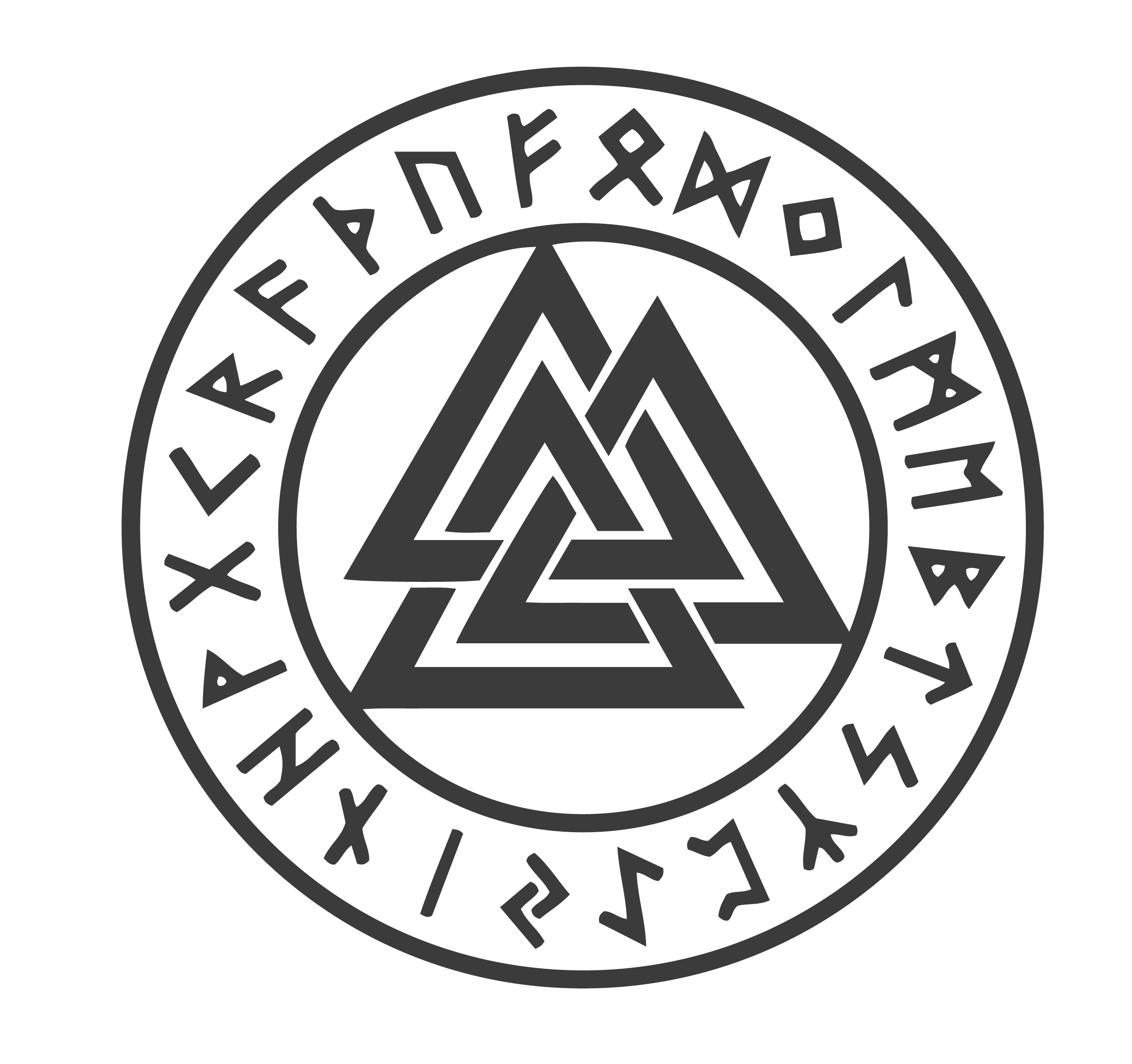
Viking Symbols/Norse Symbols and Their Meanings Mythologian
It's one of the most important symbols of Norse mythology. Fenrir. Týr and Fenrir (1911) by John Bauer. Public Domain, The Fenrir wolf in Norse myths is the son of the god Loki and the giantess Angrboða. His siblings were also the World serpent Jörmungandr and the goddess Hel. All three of them had their roles to play in Ragnarok, the.
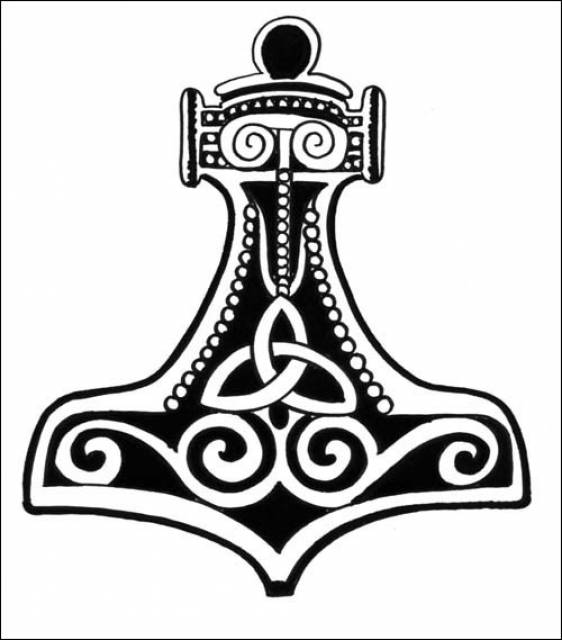
Symbols Norse Mythology for Smart People
The Tree of Life Represents Knowledge and Destiny. As one of Norse mythology's most prominent symbols, it comes as no surprise that the Norse god with which it is most closely associated is none other than the all-father himself, Odin. In fact, it is widely accepted that the name of the tree of life, Yggdrasil, means "Horse of Odin" and.

75 best Norse & Germanic Mythology images on Pinterest Mythology
1. Thor's Hammer (Mjölnir) Hammer of Thor - Mjölnir. Thor's Hammer, also known as Mjölnir, is one of the most famous Viking symbols. It represents the power of thunder and lightning, associated with Thor, the god of thunder in Norse mythology. The Hammer was believed to bring protection and good fortune to its wearer or owner.

Which is your favourite Viking symbol?⚔️ 📷 auroraofasgard norse
The Viking symbol for bravery is the dragon. In Norse mythology, the dragon is a symbol of bravery and strength, as it was believed to be a fierce and powerful creature. The dragon was also associated with the concept of rebirth and renewal, as it was believed to be able to regenerate its own body.